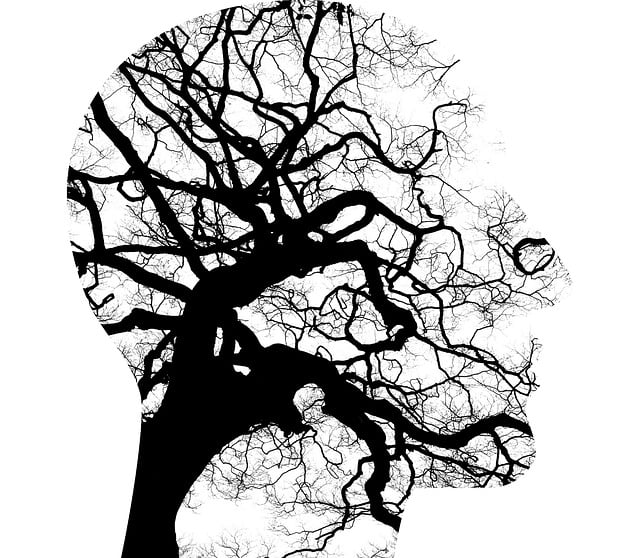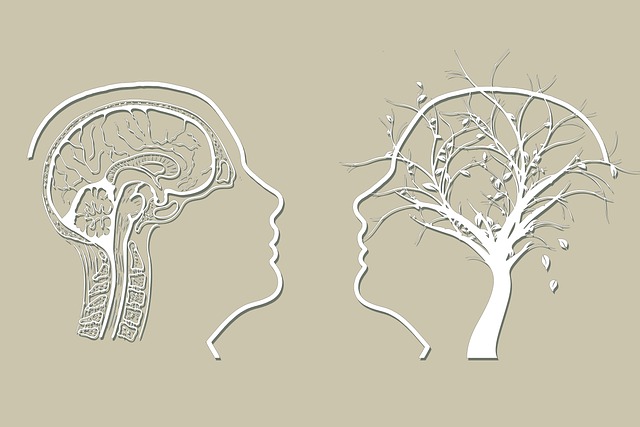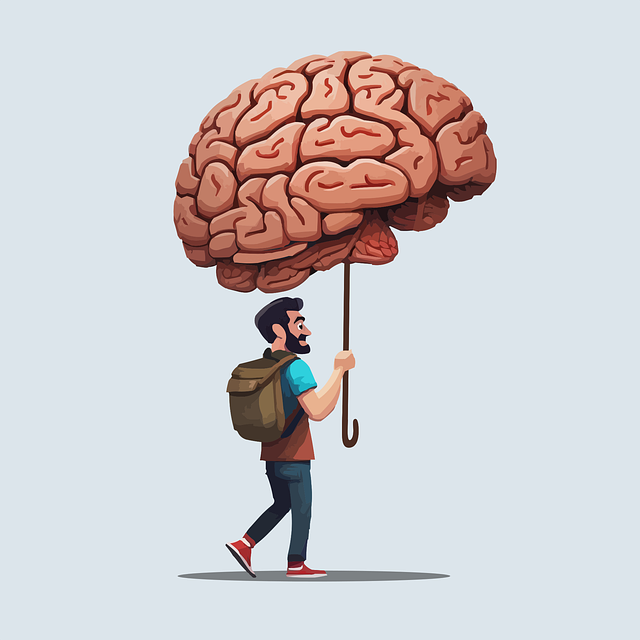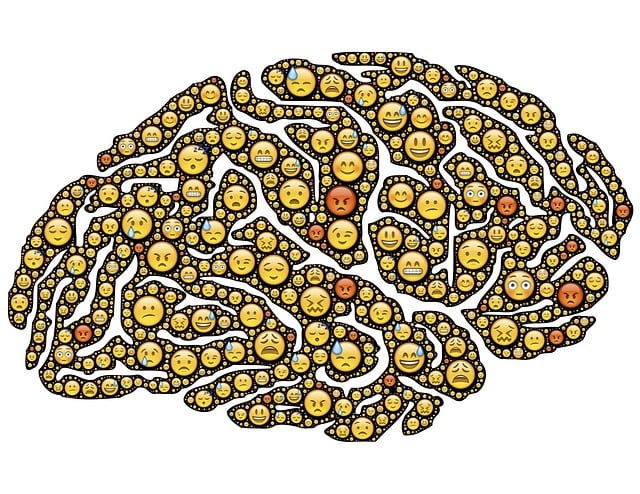Assessing community needs through data collection and setting SMART goals is vital for designing effective mental health education, especially in Boulder, considering its history with child abuse therapy. The program should focus on raising awareness, inner strength development, and crisis intervention, using culturally sensitive practices to engage diverse participants. Incorporating mindfulness, stigma reduction efforts, and evidence-based coping strategies equips individuals with tools to manage their mental wellness, fostering a safe space for open discussion around mental health.
In today’s fast-paced world, mental health education is more crucial than ever. This comprehensive guide explores the art of designing effective programs, focusing on key aspects from assessment to implementation and continuous improvement. By understanding the unique needs of our diverse communities, we can create impactful initiatives like those seen in Boulder Child Abuse Therapy. Through evidence-based practices and engaging curricula, we foster mental well-being, ensuring adaptability and cultural sensitivity for all participants.
- Assessing Needs and Setting Goals for a Mental Health Education Program
- – Identifying target audience and their specific mental health needs
- – Defining program objectives and learning outcomes
Assessing Needs and Setting Goals for a Mental Health Education Program

Assessing needs is a crucial step in designing any effective mental health education program, especially when considering sensitive issues like child abuse therapy in Boulder. By understanding the specific challenges and knowledge gaps within a community or target population, educators can tailor programs to address unique concerns. This process involves gathering data through surveys, focus groups, or interviews with stakeholders, including community leaders, healthcare providers, and individuals who have experienced similar issues. Identifying risk factors, cultural beliefs related to mental health, and existing support systems is essential for creating relevant and impactful content.
Setting clear goals is another vital aspect of program design. Mental health education programs aim to foster positive thinking, build resilience, and provide trauma support services. Goals should be specific, measurable, achievable, relevant, and time-bound (SMART). For instance, a goal might be to “Increase awareness about child abuse prevention strategies among parents in Boulder by 20% within the next year.” Such an objective guides the curriculum development process, ensuring that educational materials and workshops are focused and effective in promoting mental well-being.
– Identifying target audience and their specific mental health needs

Understanding the unique needs of your target audience is a cornerstone when designing mental health education programs. In communities like Boulder with a history of Child Abuse Therapy, addressing specific traumas and their lasting effects on mental health is paramount. This involves recognizing that individuals may have diverse backgrounds, experiences, and cultural perspectives, requiring tailored approaches to ensure effective engagement. Incorporating techniques for emotional well-being promotion, such as mindfulness or resilience building, can empower participants with practical tools to manage stress and improve overall mental wellness.
Cultural sensitivity in mental healthcare practice is crucial here. Recognizing and respecting the varied cultural norms, beliefs, and practices within your audience fosters trust and encourages open communication. By acknowledging and incorporating traditional healing methods alongside evidence-based practices, you create an inclusive environment that respects diverse perspectives. Additionally, focusing on Mental Illness Stigma Reduction Efforts can significantly impact program effectiveness by promoting understanding, empathy, and support for those dealing with mental health challenges.
– Defining program objectives and learning outcomes

When designing a mental health education program, particularly tailored for vulnerable populations like children who have experienced Boulder Child Abuse Therapy, defining clear objectives and learning outcomes is paramount. These should be intricately linked to fostering Mental Health Awareness, promoting Inner Strength Development, and providing Crisis Intervention Guidance. Program objectives should aim to equip participants with knowledge about various mental health conditions, coping strategies, and resources available for support. For instance, an objective could be: “By the end of the program, participants will be able to identify signs of common mental health issues in themselves and others, and apply evidence-based coping mechanisms.”
Learning outcomes should go beyond mere knowledge retention and focus on skill acquisition and attitude shifts. Participants should gain practical tools for managing stress, regulating emotions, and seeking help during crises. Moreover, the program should foster a safe space where individuals can openly discuss mental health challenges, thereby normalizing conversations around these topics. This holistic approach ensures that the Boulder Child Abuse Therapy program not only educates but also empowers individuals to navigate their mental health journeys with resilience and support.
In designing an effective mental health education program, such as those sought after by families interested in Boulder Child Abuse Therapy, understanding the unique needs of the target audience is paramount. By carefully assessing and identifying specific mental health concerns within the community, educators can tailor objectives and learning outcomes that resonate with participants. This strategic approach ensures that programs like Boulder Child Abuse Therapy are not only informative but also impactful, fostering a culture of mental wellness and resilience among those who need it most.














